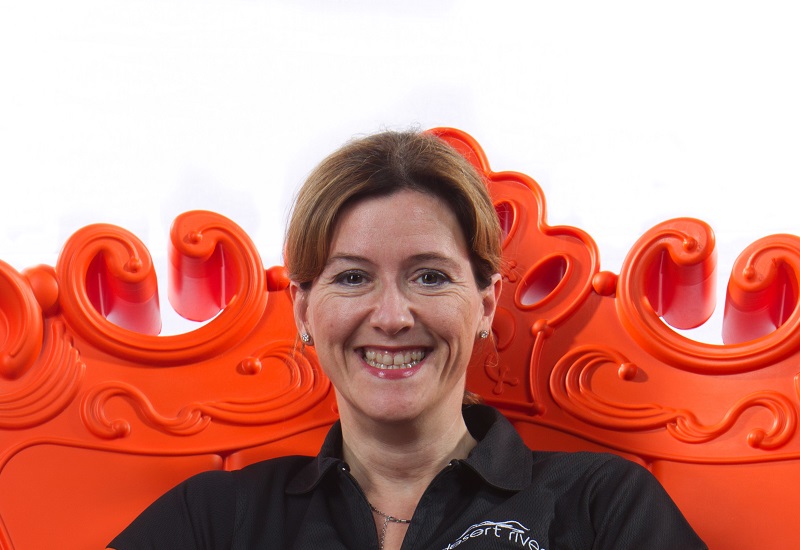Within moments of entering a restaurant, guests should experience excitement, well-being and of course increased appetite.
And it’s not just about the food and the service – interior design and beautiful lighting can make or break the overall dining experience. Lighting is often one of the most underrated design elements in an establishment yet is one of the greatest impact factors on that feeling of well-being.
The good news? It is very easy to improve by following a few tips. Even small changes to design-related elements can completely alter a customer’s perception.

| Advertisement |
Remember that proper lighting sets the mood. Bad lighting can make your décor, food and furniture less appealing. Great lighting invigorates your guests’ senses, even beyond sight. We have all experienced places that got it wrong – with too bright, not enough or just garish lighting.
Here are some tips for setting the right mood:
- Warm vs cool lights. Warm white light is considered more romantic, giving more warmth and ambience. Cool white light is harsher and often used in modern, trendy environments that have lots of cool white in the furniture. Cool white light makes the human body and face look paler and therefore people often prefer the softer warm white light. Don’t mix warm and cool white light - they each have a distinctive look and feel.
- Consider bright vs subdued. If you need to light up an area for practical purposes, for example to read a menu, light output should be enough to do so. We call this 'functional light'. If the light’s job is just to "sit and be pretty" i.e. provide atmosphere, we would call it 'decorative light'. All our functional lights are decorative (i.e. they are beautiful), but not all decorative lights are necessarily functional, so consider what you need. Some artificial candles, for example, have limited light output, which makes them great for romantic and relaxing areas.
- Use directional lighting on tables
- Consider how your space will be lit at different times of day. For example, many restaurants use dimmers to change the intensity of light over the course of the day.
- Table lighting: whatever the style of the space, don’t let your table tops stand empty. A light in the middle is decorative and functional.
So, by properly setting the mood, lighting will influence your customers to enjoy a lengthy dining experience, which will hopefully lead to a larger order too. The longer customers spend in your restaurant or bar, the more likely they are to spend more money.
Claudia van der Werf is the co-founder and director at Desert River, the Dubai-based company known for supplying high-quality products to the region’s hotels, restaurants and retailers across the Middle East.





